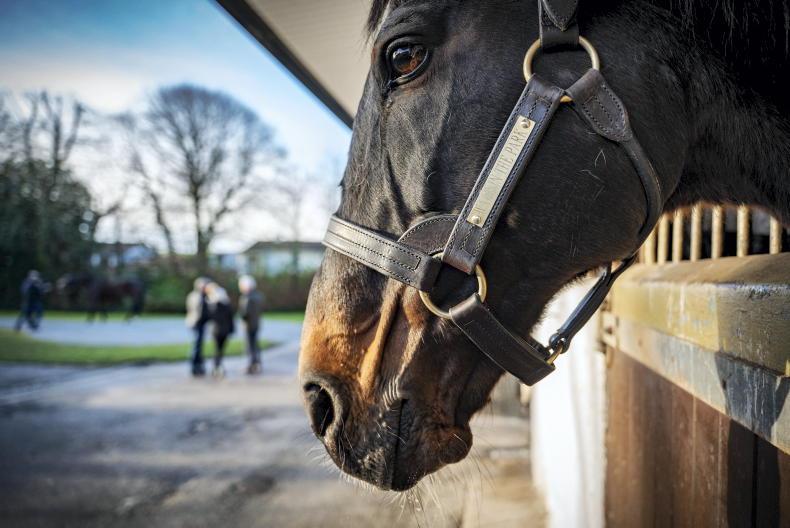THE debate often comes up when watching racing, particularly in the Far East, on how much value there might be for punters if European authorities moved to introduce the weighing and publication of horses’ weights before a big race.
This is regular in Japan where the weights appear on the main board at the track shortly before the race and the volume of betting immediately increases.
It gave rise to a few comments after the running of the Hardwicke Stakes last Saturday.
Hurricane Lane was by far the best horse on last year’s form. He was odds-on favourite though was weak in the markets before the race.
His trainer Charlie Appleby had said they were “working back from the Arc.” On ITV, the excellent paddock judge Adele Mulrennan noted he “could look fitter and tighten up a bit”.
When the horse could only finish third to a well-ridden Broome, Appleby, it was reported, said he had a “really good blow”.
Would anyone who backed Hurricane Lane have been ‘warned’ if they had known how heavy he was compared to last season?
Unlike with sectional times, we have no ‘par’ to judge by. What is a horse’s perfect weight? Unlike the knowledge of whether a horse should have been aided by a wind operation, there is much more to decipher here.
With three-year-olds, presumably growing through the season, they may get heavier as well as fitter.
Does a heavier horse mean a stronger one or a less fit one? Would one showing up ‘lighter’ for an end-of-term target, indicate he was over the top?
Aidan O’Brien and John Oxx were on record at the time of their respective careers as saying that Giant’s Causeway and Sea The Stars put on weight during their three-year-old careers.
The argument is that it is always good to have as much information as possible. But would the majority of punters have taken any notice? Or know enough to use the information?
Still, it would be interesting to know what Hurricane Lane weighed for his Dante run last season, and when he was so impressive in winning the Grand Prix de Paris, compared to what he weighed last week.
However, by and large, considering the work involved, it is not something that will be overly beneficial compared to the efforts needed to provide it.
When all rides are equal…
THE other gripe from Royal Ascot was that, while punters and pundits are quick to criticise what looked a poor ride, often they equally get carried away by something that looked good without putting the performance in a wider context.
Ryan Moore was undoubtedly the top rider of the Royal meeting, and at a track where he had not always excelled in the past, particularly on the round course where he often met trouble getting a run.
His ride from the back on Rohaan to win a second Wokingham with the horse was widely praised.
However, it was nothing more than Shane Kelly had done - when arguably there was more pressure on as the horse was in the top four in the betting - in the same race last year.
Shane Kelly did perhaps even better, as the horse was slowly away and last in the first furlong. Credit to all, where and when it’s due.


 This is a subscriber-only article
This is a subscriber-only article
 It looks like you're browsing in private mode
It looks like you're browsing in private mode










SHARING OPTIONS: